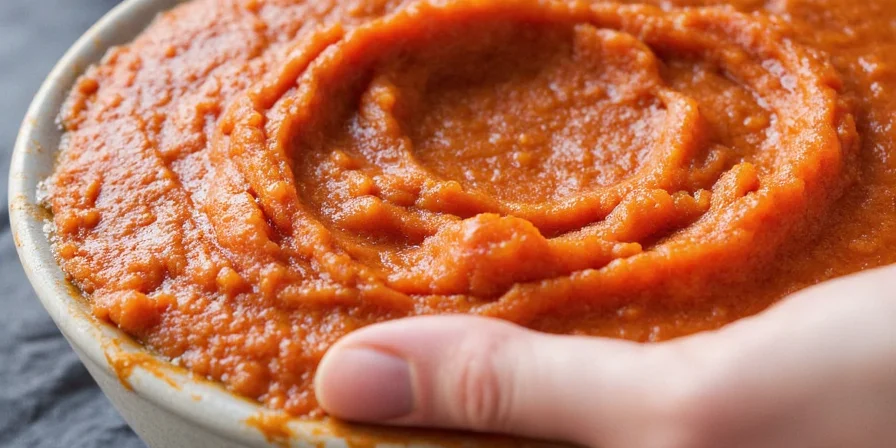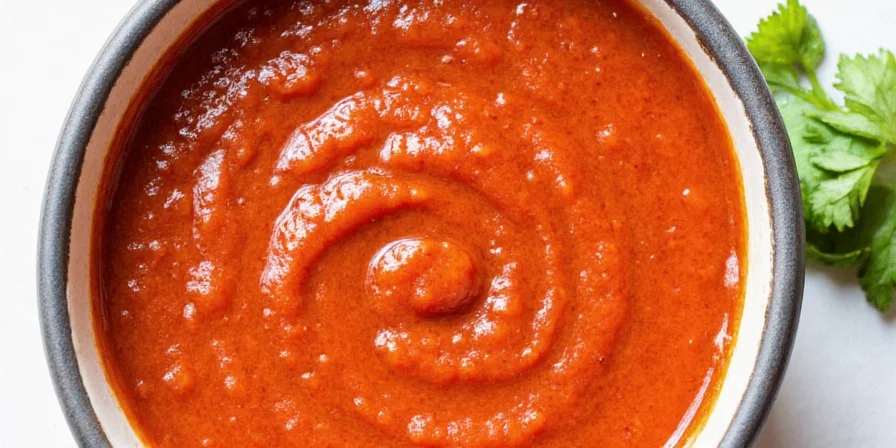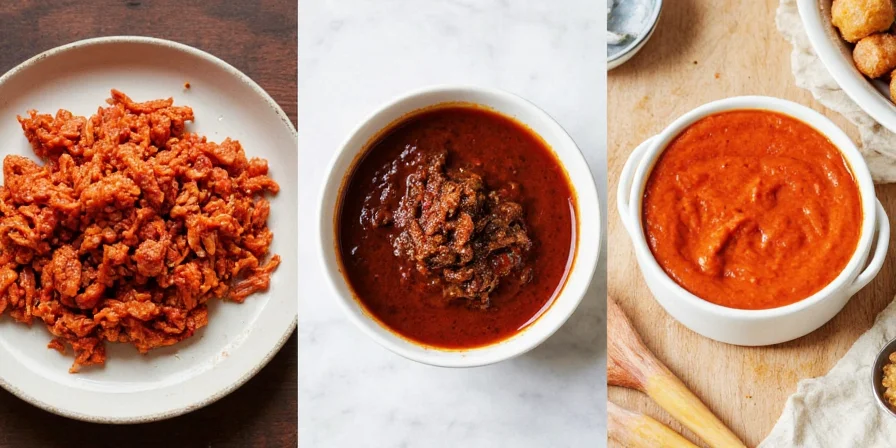Korean Spice Paste: 7 Must-Know Tips to Master Gochujang, Doenjang & More!
Ever wondered how Korean dishes get that deep, umami-packed kick? You can thank Korean spice pastes—the unsung heroes of the peninsula’s culinary world. Whether it's the fiery heat of Gochujang, the earthy richness of Doenjang, or the bold saltiness of Kochujang, these fermented powerhouses are more than just condiments—they’re flavor bombs with centuries of history behind them.
Table of Contents
- What Is Korean Spice Paste Anyway?
- Types of Korean Spice Pastes
- Top 7 Tips to Use Korean Spice Pastes Like a Pro
- The Magic Behind Fermentation
- How to Store Your Korean Spice Pastes for Maximum Shelf Life
- Gochujang vs. Doenjang vs. Kochujang – A Flavor Face-Off
- Conclusion
What Is Korean Spice Paste Anyway?
Let’s break down the basics. When we say Korean spice paste, we’re referring to traditional fermented sauces made from ingredients like chili peppers, soybeans, and glutinous rice. These pastes are aged for months (sometimes years), giving them a complexity of flavors ranging from sweet and smoky to salty and deeply savory.

Types of Korean Spice Pastes
There are three major players in the Korean spice paste lineup:
- Gochujang – Sweet, spicy, and sticky. Made from red chili, fermented soybeans, and glutinous rice.
- Doenjang – Earthy and funky. The less sweet cousin of Gochujang, made from fermented soybeans and brine.
- Kochujang – Less common but worth mentioning. A blend of both Gochujang and Doenjang, creating a complex balance of heat and funk.
Top 7 Tips to Use Korean Spice Pastes Like a Pro
You don’t need to be Korean to rock these pastes in your cooking. Here’s how to level up your kitchen game:
- Taste Before You Season: These pastes are potent! Always taste before adding extra salt or spice.
- Dilute It: Too thick? Mix with water, vinegar, or sesame oil to create dressings or marinades.
- Heat = Flavor: Toasting Gochujang in a pan brings out nutty, caramel notes. Don’t skip this step!
- Balance with Sweetness: A splash of honey or maple syrup can tame the heat and enhance depth.
- Add It Late: For maximum aroma, add to dishes at the end of cooking or as a finishing touch.
- Pair with Citrus: A squeeze of lime or lemon brightens the umami punch.
- Think Beyond Korean Cuisine: Use in tacos, pasta sauces, burgers, or even Bloody Marys!
The Magic Behind Fermentation
The real secret sauce (literally!) is fermentation. Unlike Western spice blends that rely on fresh herbs and ground spices, Korean spice pastes gain their unique character through long-term aging.
- Gochujang starts with meju (fermented soybean blocks) and goes through several stages including steaming rice and mixing with red pepper powder.
- Doenjang is often made alongside Gochujang. After extracting the liquid (which becomes Gochujang), the leftover solids become Doenjang after further aging.
- Fermentation vessels like onggi pots allow slow airflow and natural temperature regulation, enhancing microbial development.

How to Store Your Korean Spice Pastes for Maximum Shelf Life
Because they’re fermented, these pastes have a naturally long shelf life. But proper storage helps preserve flavor and texture:
- Keep Cool & Dry: Store in a cool, dark place like a pantry or basement for best results.
- Use Glass Jars: Avoid plastic containers that can absorb odors or degrade over time.
- Airtight Seal: Minimize exposure to air to prevent mold growth.
- Freeze It: For long-term storage (over a year), freeze portions in small containers or ice cube trays.
Gochujang vs. Doenjang vs. Kochujang – A Flavor Face-Off
| Paste | Flavor Profile | Best For | Spice Level | Sweetness |
|---|---|---|---|---|
| Gochujang | Spicy, sweet, umami | Marinades, stir-fries, ssam wraps | Medium-High | High |
| Doenjang | Savory, earthy, funky | Stews, soups, vegetable banchan | Low | Low |
| Kochujang | Bold, balanced, layered | BBQ sauces, fusion recipes | Medium | Moderate |
Conclusion
Korean spice pastes like Gochujang and Doenjang are more than just pantry staples—they’re flavor alchemy in a jar. Whether you're spicing up grilled chicken or making a DIY bibimbap sauce, mastering these pastes will open up a whole new world of taste.
Remember, start small, experiment boldly, and most importantly—have fun with it. With a few simple tricks and a bit of curiosity, you’ll be blending like a pro in no time.

So go ahead, grab that jar of Gochujang and let your inner flavor scientist run wild!










 浙公网安备
33010002000092号
浙公网安备
33010002000092号 浙B2-20120091-4
浙B2-20120091-4